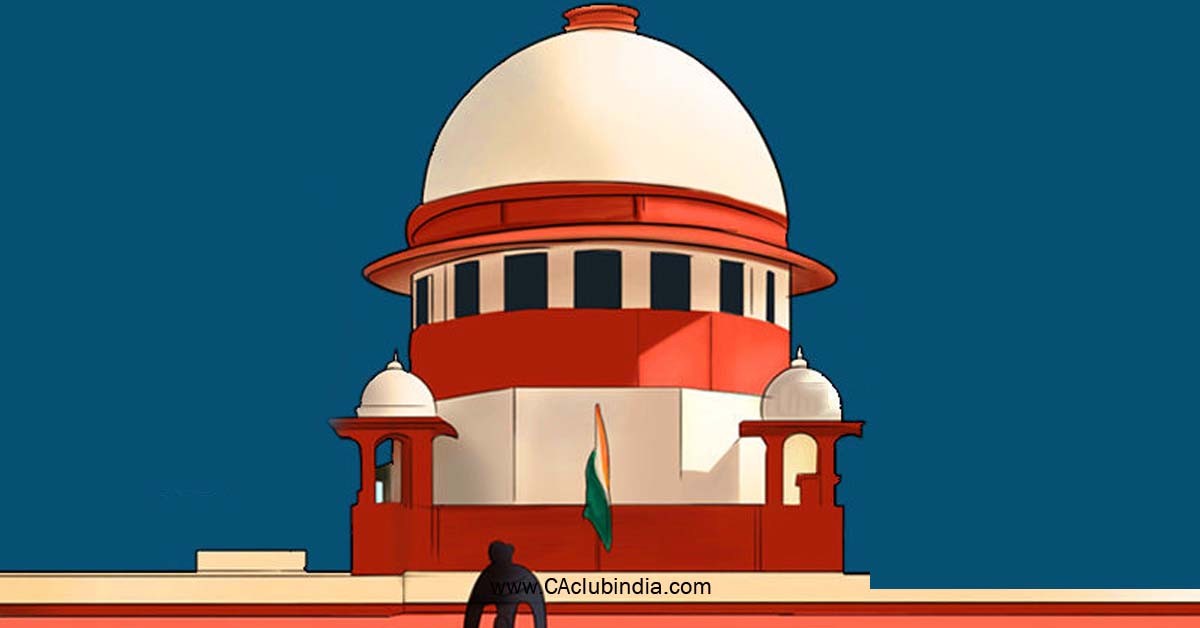On February 27, the Supreme Court's 9-judge Constitution Bench embarked on hearings to address intricate issues pertaining to the taxation of mineral-bearing lands. Central to the discussions is the characterization of royalty under Section 9 of the Mines and Minerals (Development and Regulation) Act, 1957 (MMDR Act) as a tax. The inaugural day of hearings witnessed deliberations on pivotal considerations for the case, including the interpretation of constitutional provisions governing tax legislation powers between the central and state governments.
Bench Composition and Case Background
Led by Chief Justice DY Chandrachud, the bench comprises Justices Hrishikesh Roy, Abhay Oka, BV Nagarathna, JB Pardiwala, Manoj Misra, Ujjal Bhuyan, SC Sharma, and AG Masih. The case under scrutiny involves petitions challenging the Bihar Coal Mining Area Development Authority (Amendment) Act, 1992, and associated regulations, which introduced additional cess and taxes on revenues derived from mineral-rich lands.

Key Inquiries and Legal Debates
A Senior Advocate representing Jharkhand presented five pivotal inquiries for the bench's contemplation, delving into the nature of royalty, its classification as a tax under the MMDR Act, and the constitutional provisions governing taxation powers. Discussions also ensued regarding conflicting views on royalty's status as a tax, highlighting the need for clarity on this matter and its ramifications on mineral rights levies.
Exploration of Constitutional Provisions
The court delved into Entry 50 of the State List in the Constitution, which empowers states to levy taxes on mineral rights, subject to possible limitations by Parliament. Debates emphasized interpreting "limitation" as a cap on tax powers rather than a transfer of these powers to Parliament, emphasizing a delicate balance between national interests and state autonomy.
Significance of the Case
The case, Mineral Area Development v. M/S Steel Authority Of India & Ors (CA N0. 4056/1999), holds profound implications concerning the distribution of legislative powers between the Union and the States, particularly with regard to states' authority to impose taxes on mineral rights within the overarching regulatory framework established by Parliament.
Conclusion
As the Supreme Court's Constitution Bench embarks on these hearings, the outcome of the deliberations is poised to shape the landscape of mineral taxation jurisprudence, clarifying the legal nuances surrounding royalty and taxation in the mining sector, and delineating the contours of state and central authority in this domain.






 CAclubindia
CAclubindia
